Eos Configuration of External Monitors
Note: this information specifically pertains to the Eos Classic console. For configuration of monitors with other Eos Family consoles, reference this support article
If the software on your console is earlier than version 1.9.5, please see this article regarding monitor arrangement: Eos Monitor Arrangement before 1.9.5
The Eos Classic console supports any combination of DVI or VGA monitors through its 3 external monitor ports. (A DVI-I to VGA adapter is required if you would like to use VGA.)
- If you are in the Eos application (i.e., looking at the Live screen or other console tab), you will need to exit. Press [Displays] and select {Exit}. Click {OK}.
- In the Shell, select {Settings}.
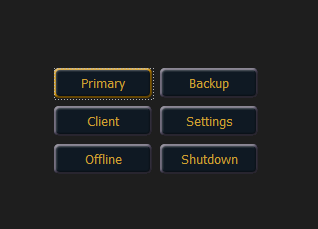
- Go to the {General} tab and click on the {External Monitor Arrangement...} button.
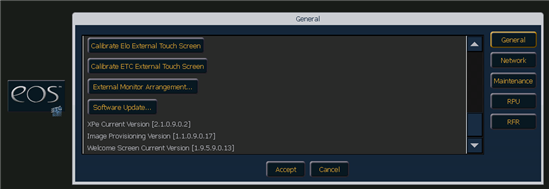
- The External Monitor Arrangement tool will open with a virtual layout of the monitors for the console. A yellow monitor indicates that it is selected, a blue monitor indicates that it is enabled but not selected, and a gray monitor indicates that it is disabled and not selected.
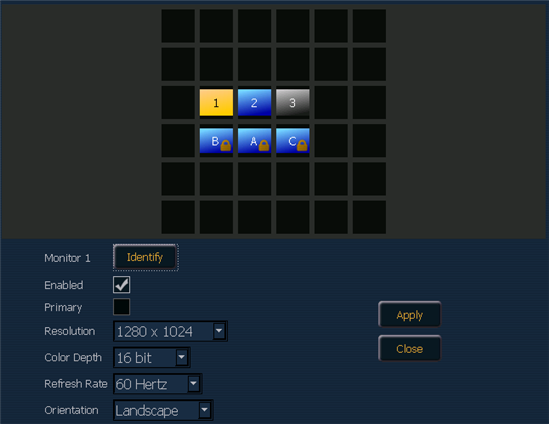
- To enable a monitor, click on it and check the {Enabled} box. Hit {Apply}. A dialog box will appear, asking if you would like to keep changes. It will automatically revert in 15 seconds if the {Keep Changes} button isn't pushed.
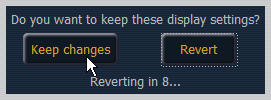

Note: When any external monitor is enabled, the screen will get signal but will be blank. Move the mouse to the external screens to confirm it is configured, and that the mouse is moving between monitors as expected. You can also press the {Identify} button after enabling the monitor. If there isn't a monitor attached to the selected port, the monitor box will stay grayed out, and the Enabled box will be unchecked.
- If desired, you may also click and drag the monitors into the desired layout, as illustrated below. You must hit {Apply} for these changes to be saved.
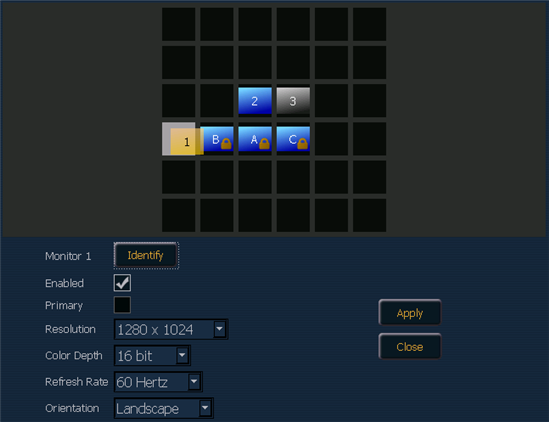
- When you are finished, press {Close} and then {Accept} to leave the Settings utility. You can then enter into the console application by selecting the correct mode for the console. For single-console systems, press {Primary}. Otherwise, select the mode appropriate for your system (Primary, Backup, Client, Offline).
